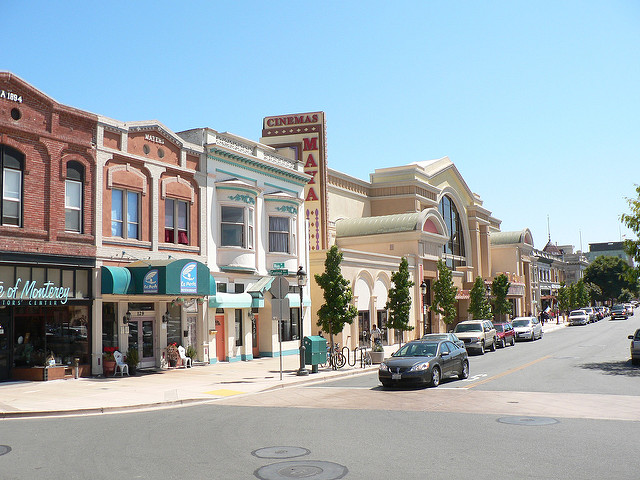Salinas is a city in California and the county seat of Monterey County. Take a look below for 20 amazing and interesting facts about Salinas, California, United States.
1. With a population of 163,542 in the 2020 Census, Salinas is the most populous city in Monterey County.
2. Salinas is an urban area located in the Monterey Bay Area, just south of the San Francisco Bay Area and 10 miles (16 km) southeast of the mouth of the Salinas River.
3. The city is located at the mouth of the Salinas Valley, roughly eight miles from the Pacific Ocean, and it has a climate more influenced by the ocean than the interior.
4. Salinas serves as the main business, governmental and industrial center of the region.
5. The marine climate is ideal for the floral industry, grape vineyards, and vegetable growers. Salinas is known as the “Salad Bowl of the World” for its large, vibrant agriculture industry.
6. It was the hometown of writer and Nobel laureate John Steinbeck (1902–68), who set many of his stories in the Salinas Valley and Monterey.
7. Salinas is notable for its high Hispanic proportion, which at 79.6%, is the highest proportion of Hispanic Americans out of any city in California.
8. The city also has a sizable Asian-American population, once boasting the 2nd biggest Chinatown in the nation.
9. The land that Salinas sits on is thought to have been settled by Native Americans known as the Esselen prior to 200 AD.
10. Between 200 and 500 AD, they were displaced by the Rumsen group of Ohlone speaking people. The Rumsen-Ohlone remained as the inhabitants of the area for approximately another 1,200 years, and in the 1700s, were the group of native inhabitants contacted and recorded by the first Spanish explorers of the Salinas area.
11. Upon the arrival of the Spanish, large Spanish land grants were initially issued for the Catholic Missions and also as bonuses to soldiers.
12. Later on after Mexican independence, smaller land grants continued to be issued for ranchos where mostly cattle were grazed.
13. One of the many land grants was the Rancho Las Salinas land grant, part of which included the area of modern-day Salinas. As a result of the many new cattle ranches, a thriving trade eventually developed in cattle hide shipments, shipping primarily out of the Port of Monterey.
14. In 1848 California officially became a part of the United States of America. This transition followed several years of battles in the Salinas area with John Fremont flying the American flag on the highest peak of the Gabilan Mountains and claiming California for the United States.
15. Before the transition to American administration, Monterey had been the capital of California. For a short while after the transition, California was ruled by martial law.[17] On September 9, 1850, California was admitted to the Union and became a State, celebrated as California Admission Day.
16. In the 1850s a junction of two main stage coach routes was located 18 miles (29 km) east of Monterey and along the big bend of what is locally referred to as the Alisal Slough.
17. In 1854, six years after becoming a part of the United States, a group of American settlers living in the vicinity of this route-junction opened a post office at the junction, naming their town “Salinas,” apparently a reference to the original “Rancho Las Salinas” name for the area, which in turn was named in Spanish for the salt marshes of the area around the central Salinas slough, which was drained. Soon thereafter, in 1856, a traveler’s inn called the Halfway House was opened at that junction in Salinas.
18. The streets of Salinas were laid out in 1867, and the town was incorporated in 1874.
19. The conversion of grazing land to crops and the coming of the rail road in 1868 to transport goods and people was a major turning point in the history and economic advancement of Salinas. Dry farming of wheat, barley, and other grains as well as potatoes and mustard seed was common in the 1800s. Chinese labor drained thousands of acres of swampland to become productive farmland, and as much early farm labor was done by Chinese immigrants, Salinas boasted the second largest Chinatown in the state, slightly smaller than San Francisco.
20. Irrigation changed farming in Salinas to mainly row crops of root vegetables, grapes and sugar beets. Many major vegetable producers placed their headquarters in Salinas. Driven by the profitable agricultural industry, Salinas had the highest per capita income of any city in the United States in 1924.




